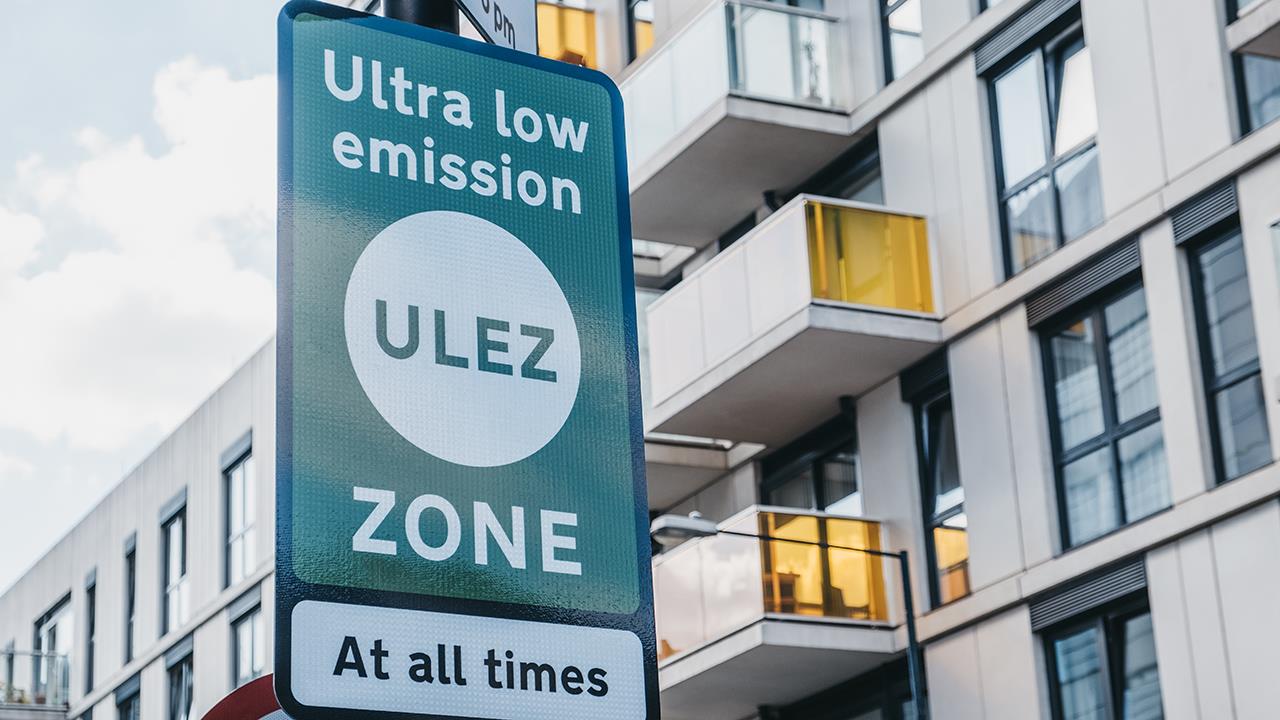

The new zone is 18 times the size of the central London zone and now covers 3.8 million people. Measuring 380km2, it covers one quarter of London and is the largest zone of its kind in Europe.
It will continue to operate 24 hours a day, every day of the year (except Christmas Day).
Vehicles must meet strict emission standards to drive in the ULEZ area:
Vehicles that do not meet the standards must pay the £12.50 daily charge
The ULEZ expansion, alongside tighter Londonwide Low Emission Zone (LEZ) standards for heavy vehicles introduced in March, are expected to reduce nitrogen oxides (NOx) emissions from road transport by 30% across London in 2021.
The ULEZ is also a crucial step towards the Mayor’s ambitions to tackle the climate emergency and put London on the path to be a net-zero carbon city by 2030.
A major awareness campaign has been underway over the past three years to ensure drivers and businesses are ready for the ULEZ expansion, with Transport for London’s (TfL) online vehicle checker being used more than 20 million times since 2018. Over a million letters have been sent to owners of non-compliant vehicles seen inside the zone.
The Mayor has provided £61 million in funding for grants for small businesses, charities operating minibuses and low income and disabled Londoners to scrap their older, more polluting vehicles. However, unlike other Clean Air Zones, London has had no government support for its scrappage schemes. Despite this, these schemes have helped remove over 12,000 more polluting vehicles from London’s roads, the single biggest such programme in the UK.
The existing ULEZ and the Londonwide LEZ have shown that charging to incentivise emissions reductions works and its impacts on air quality and health are rapid. Before the pandemic, there had been a 44% reduction in roadside nitrogen dioxide concentrations in central London compared to in February 2017 when changes associated with the ULEZ began. The compliance rate for heavy vehicles covered by the Londonwide LEZ is 95% up, from 48% in February 2017 when the scheme was announced.
Many Londoners have already taken action to prepare ahead of today. Early indications show that 87% of vehicles travelling in the zone already meet the ULEZ standards. This is a dramatic increase in compliance compared to 39% in February 2017, when changes associated with the ULEZ began. This means Londoners are already experiencing the benefits of cleaner air. This is supported by new data, published last week by the Clean Cities Campaign, that London drivers are ditching diesel cars six times faster than the rest of UK.
This high compliance rate also means that, as the scheme launches, it is expected only 110,000 vehicles each day are likely to need to pay the £12.50 charge.
The Mayor of London, Sadiq Khan, said: “This is a landmark day for our city. I pledged to be the greenest Mayor London’s ever had and I am incredibly proud that expanding the Ultra Low Emission Zone today will clean up London’s toxic air pollution and help tackle the global climate emergency by reducing emissions.
“In central London, the ULEZ has already helped cut toxic roadside nitrogen dioxide pollution by nearly half and led to reductions that are five times greater than the national average. But pollution isn’t just a central London problem, which is why expanding the ULEZ today will benefit Londoners across the whole of the city and is a crucial step in London’s green recovery from this pandemic.
“This is also about social justice – we know pollution hits the poorest Londoners, who are least likely to own a car, the hardest, which is why I’m doing everything I can to improve air quality and protect the health of all Londoners. I will not stand by while pollution leads to 4,000 Londoners dying early each year and our children growing up with stunted lungs. The expanded ULEZ is a vital step towards helping combat London’s illegal air and reducing the emissions that are harming our planet.”
If you'd like to keep up-to-date with the latest developments in the heating and plumbing industry, why not subscribe to our weekly newsletters? Just click the button below and you can ensure all the latest industry news and new product information lands in your inbox every week.